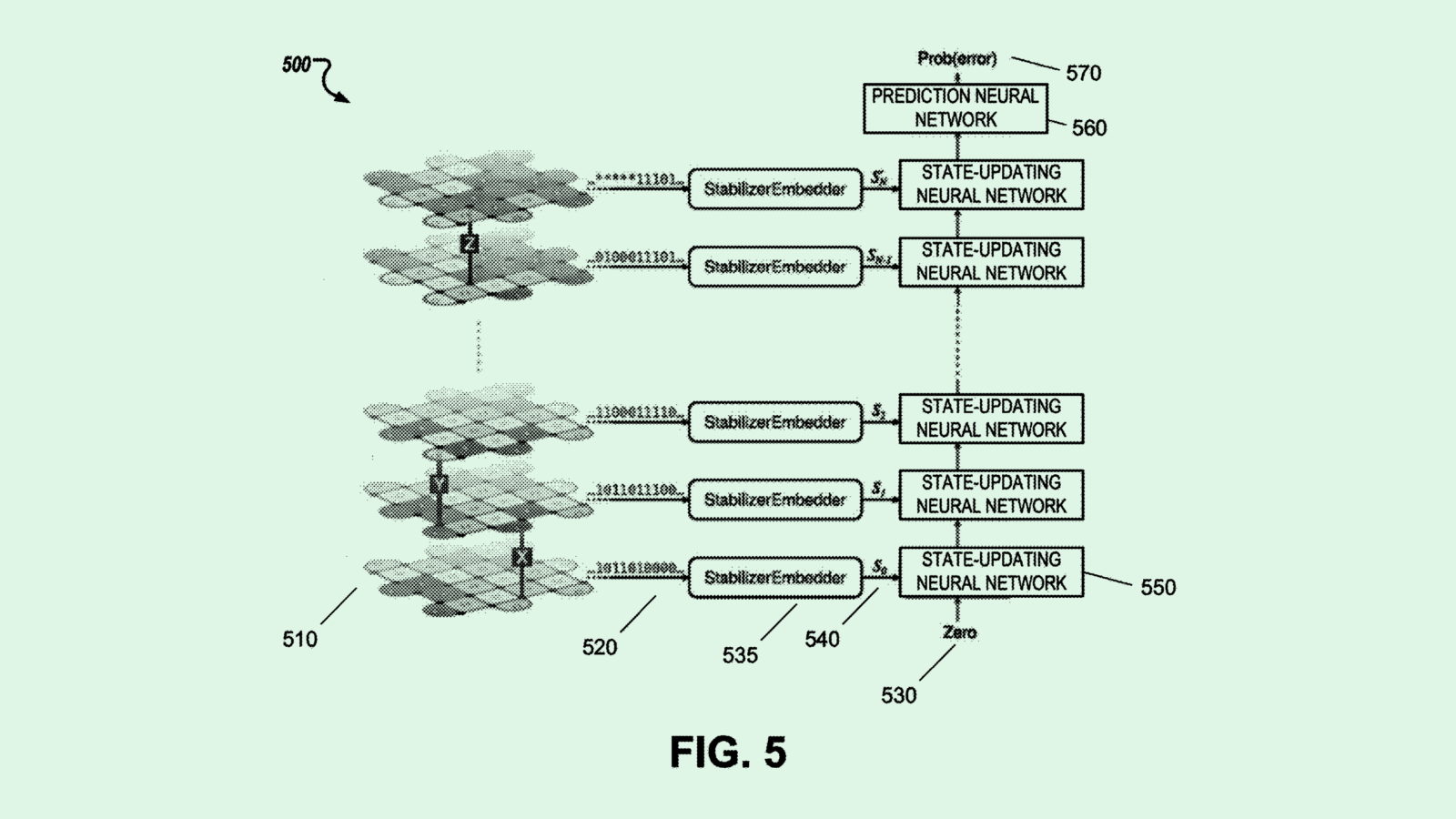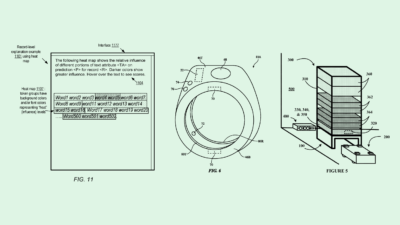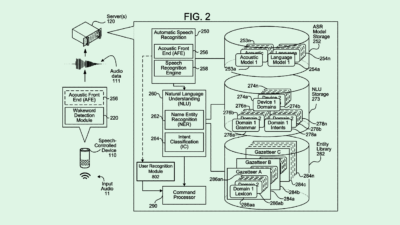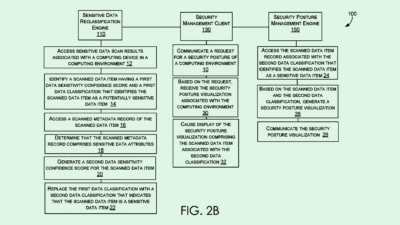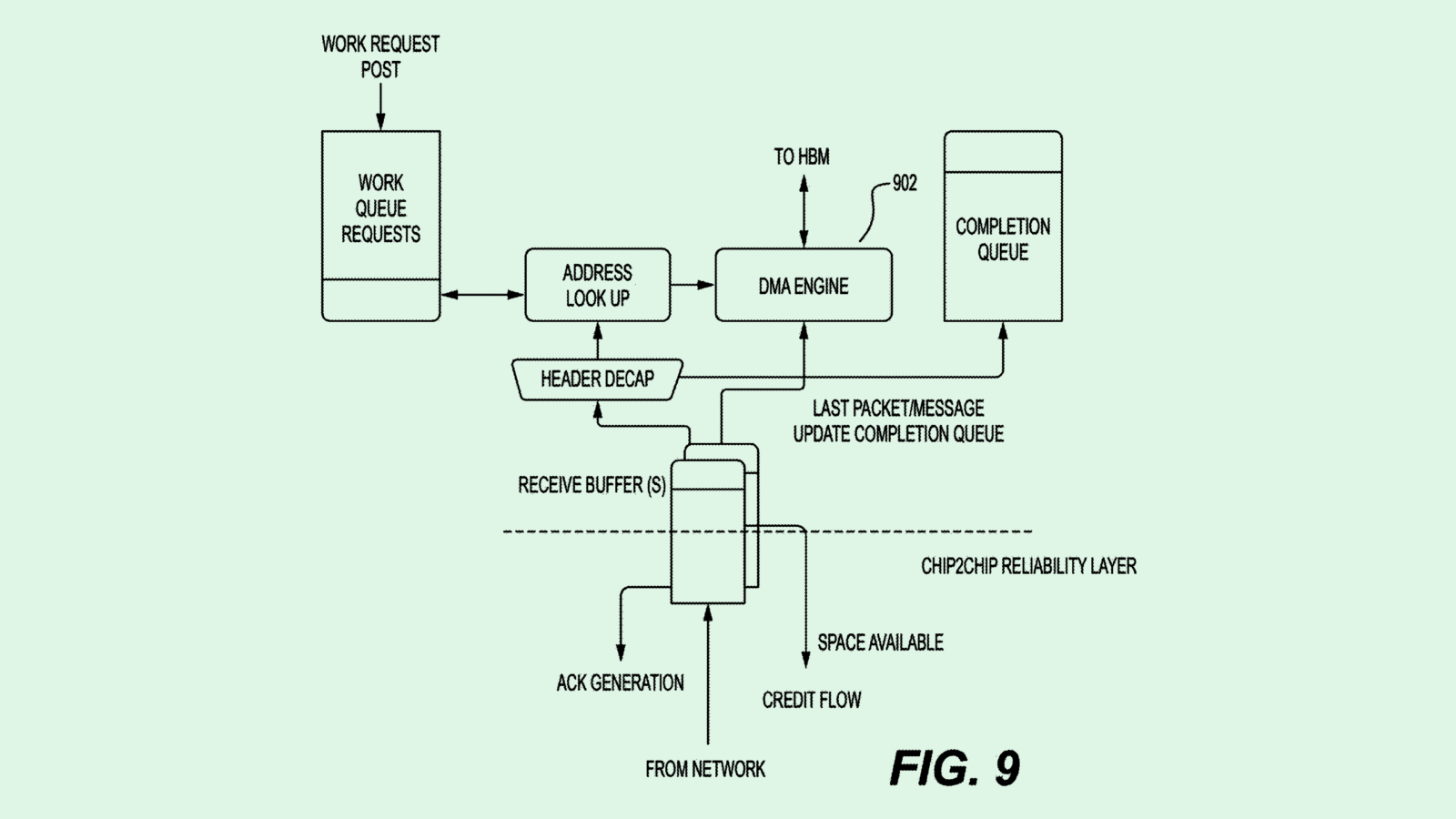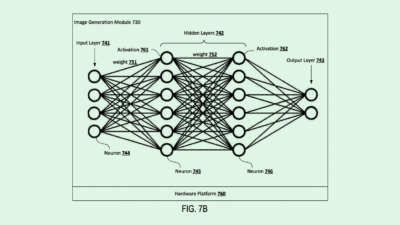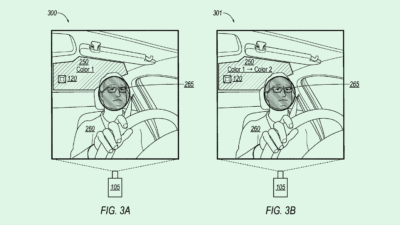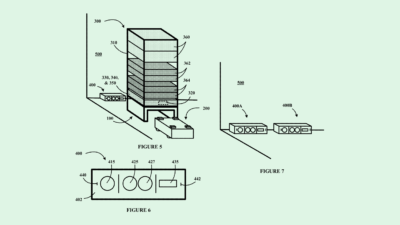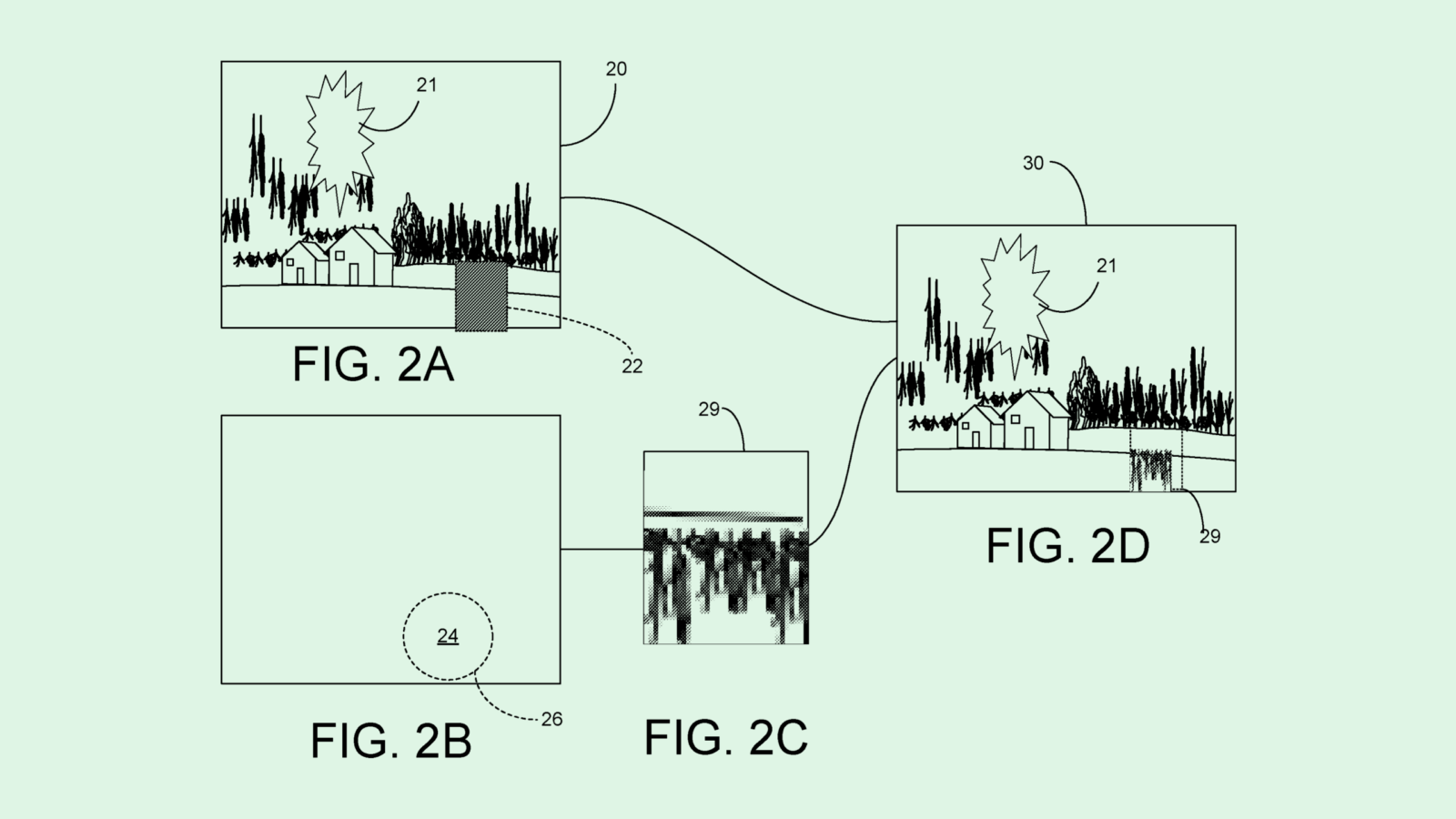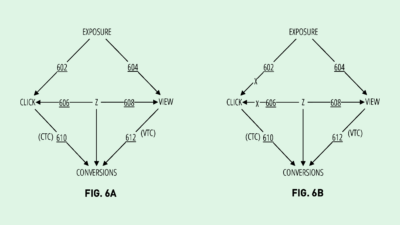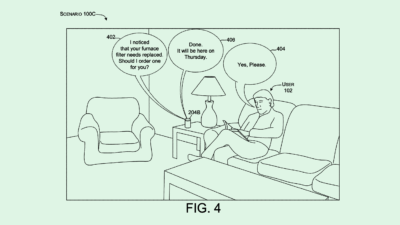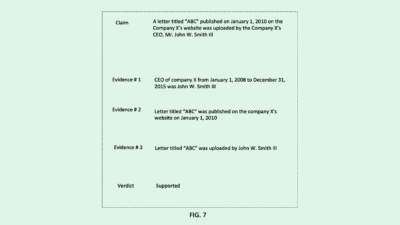EBay May Make Deliveries Via Drone and Bus
eBay wants to use drones for deliveries, but without wasting their batteries.
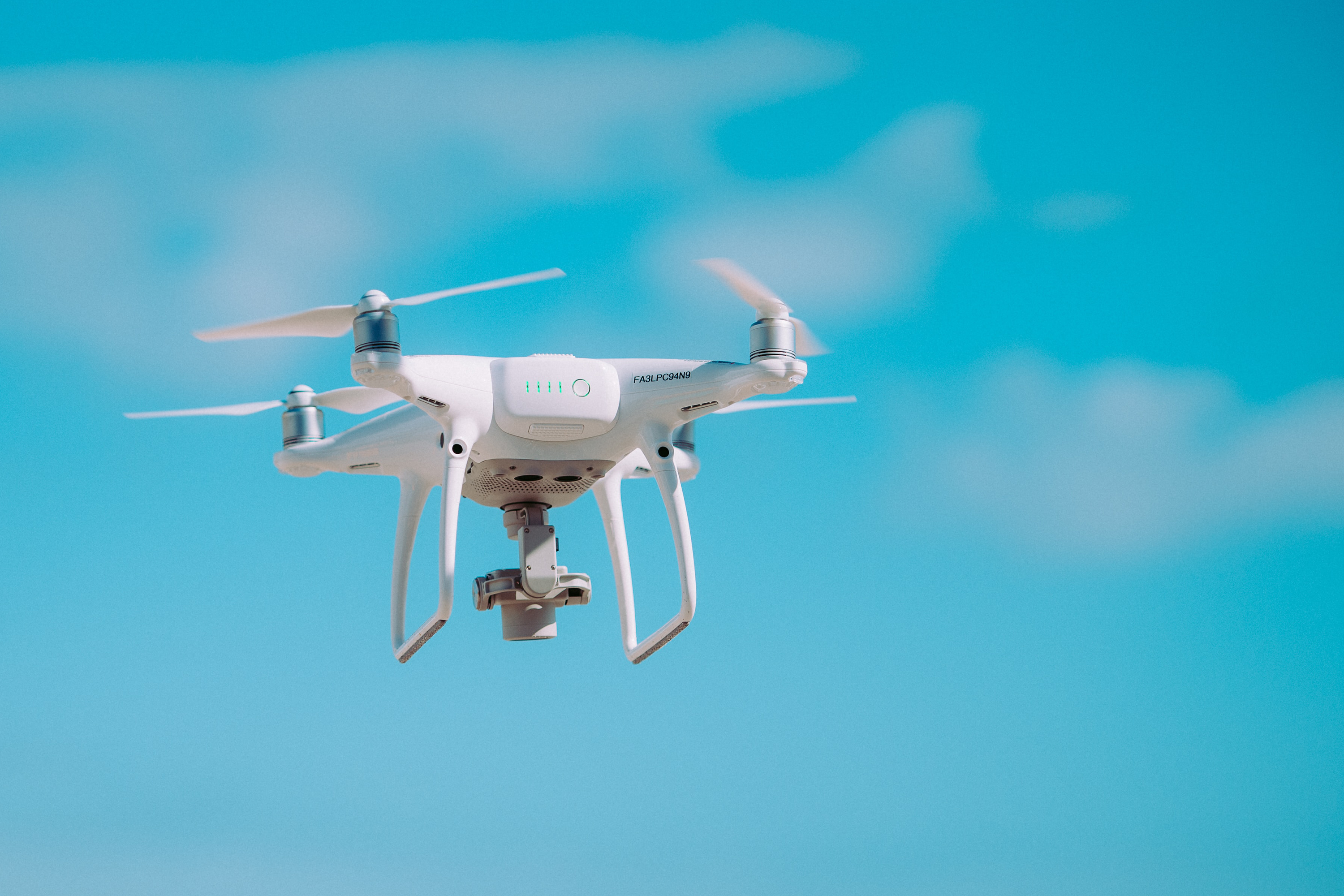
Sign up to uncover the latest in emerging technology.
EBay wants its drones to be able to catch a ride.
The second-hand retailer filed a patent application for “public transport infrastructure facilitated drone delivery.” As the title of this filing suggests, eBay’s system would allow for package delivery via drones, assisted by public transport like buses, trains or subways.
Here’s how it works: This system first accesses public transportation information, such as bus routes, subway stops or train times, and finds one that matches up with its delivery location. If the public transportation route aligns with the delivery, the system would send the drone to the public transport terminal (i.e., a bus stop), communicate the fact that there’s a delivery to the bus operator, and basically hitch a ride.
The company noted in one example that the drones may attach to a docking terminal on top or on the side of the vehicle, with a lock in place so they don’t fall off. When the drone gets within a predetermined delivery radius, it departs from public transport and completes the delivery.
For example, if a drone needs to fly from a distribution center in San Francisco to a person’s home in Walnut Creek (around 30 minutes away), eBay’s drones may attach themselves to a BART train, and depart when they reach the station nearest to the delivery location.
EBay said its system increases the battery efficiency and range of drones by only delivering via the last mile, thereby allowing drone deliveries to occur more frequently in more remote areas. Plus, this system can also “lessen drone traffic, which may be an eyesore as well as a safety risk,” and lower set-up costs by relying on publicly available infrastructure, according to eBay.

EBay likely isn’t the first company that jumps to mind when you think of logistical tech advancements like drone delivery. In fact, In 2013, the company’s then-CEO John Donahue slammed Amazon’s ambitions for drone delivery, telling Bloomberg TV at the time that the company is “not really focusing on long-term fantasies.” (Oh, how the turn tables.)
While Amazon’s drone aspirations have (at least somewhat) surpassed “fantasy” status, the company has been plugging away at its drone ambitions to little avail. The company has reportedly only completed around 100 deliveries with Prime Air, so far falling short of the 10,000 that it projected to deliver by the end of the year. Walmart, meanwhile, has flown a little higher: The company completed roughly 6,000 drone deliveries by the end of 2022, and announced a partnership with Google-owned drone company Wing to offer deliveries in the Dallas-Fort Worth area.
Though tech leaders and retailers are placing bets on drone delivery, it has yet to become a regular part of logistics and delivery on a wide scale. EBay’s patent and research into it may be a sign that the company’s reading the tea leaves and hopping on the bandwagon before drone deliveries hit their stride.
But how much do consumers actually want this? A poll of 1,000 people from Auterion reported that 58% of U.S. consumers favored the idea of drone delivery. That said, many aren’t willing to shell out a few extra dollars for that delivery: A McKinsey survey found that only 17% of US consumers were willing to pay extra for rapid drone delivery.
Plus, whether eBay’s drones will need to pay bus fare – or if they’ll just hop the turnstile – still remains in question.
